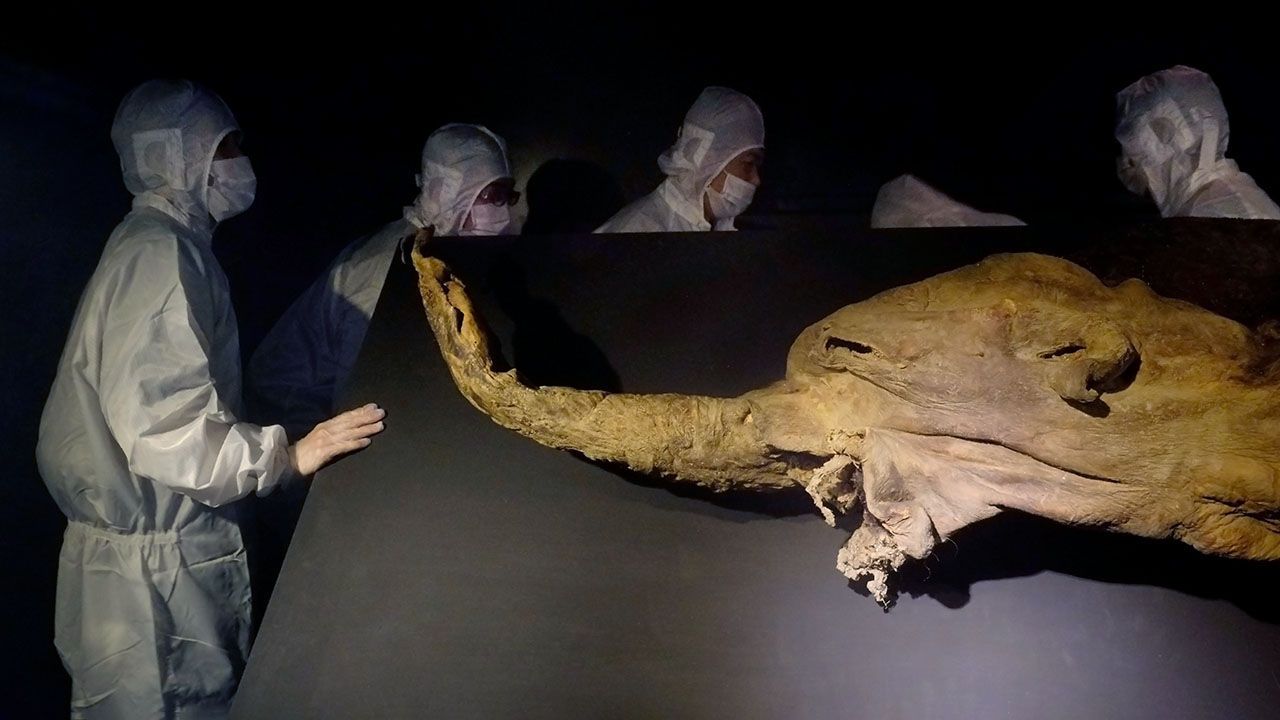Freeze-dried chromosomes can survive for thousands of years
They contain unprecedented detail about their long-dead parent organisms

For palaeontologists, DNA is infuriatingly fragile. Its long chains begin to break apart shortly after death, destroying valuable information about the deceased parent organism. Unlike bones, footprints and even faecal matter, which can comfortably survive—in fossilised form—for millions of years, DNA rarely lasts much more than a hundred. In recent decades scientists have discovered that some exceptionally well-preserved bodies do still have readable fragments of genetic code hundreds of thousands of years after death. But these have been tiny scraps. They lack much of the valuable information that an intact genome provides.
This article appeared in the Science & technology section of the print edition under the headline “Uncut and dried”
More from Science & technology

Particles that damage satellites can be flushed out of orbit
All it takes is very long radio waves

A common food dye can make skin transparent
The discovery allows scientists to see inside live animals

Fewer babies are born in the months following hot days
The effect is small but consistent
New tech can make air-conditioning less harmful to the planet
The key is energy efficiency
The noisome economics of dung beetles
They are worth millions a year to cattle ranchers
Digital twins are making companies more efficient
They will also help them reap the benefits of advances in AI
